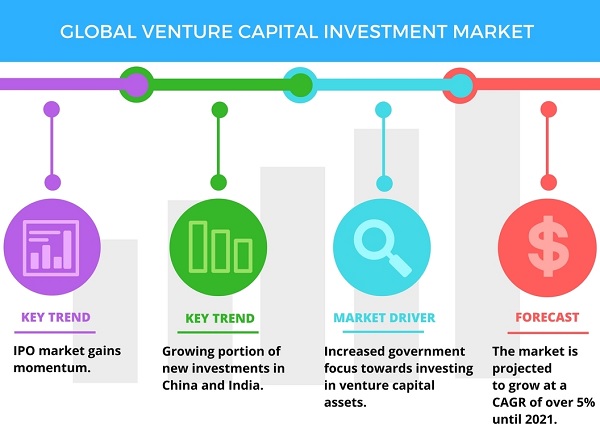Hopeful start-up and eager entrepreneurs often have trouble securing traditional funding for their business ventures. However, the outreach and investment efforts of venture capitalists like Mark Stevens help keep these promising dreams alive. Firms and individuals with the funds to underwrite a business opportunity assume some of the financial risks of starting a company but with a carefully weighted assessment of the return on investment that will come. Silicon Valley is home to both many start-ups and the capitalist enterprises that are needed to fund them, but the way things work there can provide insight into how emerging markets may also depend heavily on venture capitalism. The following areas are trending in venture capital and have the power to be quite transformative.

The Move to Zebras
In the language of the industry, the term zebra has been created to represent companies that are both profitable and sustainable, as well as beneficial to society. This term was created to distinguish against companies that are valued at $1 billion or more, which have been labeled as unicorns. For many entrepreneurs, unicorns have had a negative effect on the typical process of new business ownership. Passion is quickly aside as the individual is driven to chase monthly recurring revenue and user acquisition at any cost. Though it is alright to want a seat at the table, those starting out should be excited about just getting the invite and stick to being a Zebra. The movement to start small and build your way to the top encourages sustainability, but it gives your company time to work through the kinks of new operations. Creating a strong company that has a healthy impact on the local economy is much more desirable than simply achieving unicorn status. As new ventures and tech innovations come on the scene, there may be a shift in where venture capitalists choose to roll their investment dice.
The Many Diversity Barriers
There has been no shortage of attention given to the struggles of sexism and diversity in our culture, and the tech industry has figured out the benefit of acknowledging the problem. Venture capital firms are able to move past traditional or static employment and lending practices, moving to staff their teams with ideal candidates that demonstrate business savvy regardless of race, age, sex, orientation, or any other demographically-assigned label. These firms can also move their money into overlooked areas of investment, which have largely taken a backseat to white-male dominated tech firms and developments. Being a minority holds a unique potential in the venture capital arena, as there are many firms that solely commit their funds to female or minority-led groups. With the rise and increased importance of globalism, there are many companies directing their investment focus into immigrant-led start-ups. These efforts at breaking down the walls of diversity can be a lesson to the other industries.
The Money Matters
With the Initial Coin Offering (ICO) threatening the traditional operations and even the existence of venture capital firms, actionable steps must be taken in order to respond to cryptocurrency demands and trends. The ICOs act as a sort of crowdfunding, where investors are able to purchase company stock using cryptocurrency. Though it is much more complex than this, the benefit of using ICO is that investors can circumvent the regulation often associated with venture capital financing transactions. The speed with which companies can fundraise using cryptocurrency is no match for traditional means, as Tezos was able to close $232 million dollars worth of Bitcoin and Ethereum in just about 27 hours. This is an undeniable competitive edge for ICO funding, and firms need to figure out how to operate in this area of funding if they are going to survive.
The Field of Design
The design field is coming into its full potential in the tech industry, and while mature companies are now beginning to see the competitive advantages that it offers, early-stage start-ups are basing much of their investment into tech design. With venture capitalism, there is an equally vested interest in both design and productivity opportunities with tech. Venture capitalists aren’t just looking to pick a company worth investing in, but rather have an active role in making a strong company. Investments are being made into in-house, highly competent designers and marketers for a variety of IT and tech-driven services. These efforts expand their portfolio options, but these expansions are betting on the consumer trends that show increased demand for well-designed products that can pivot into other areas once the product takes hold. Design teams and the tech to support them can help with any rebranding or re-launching that may need to take place to secure new market ground. A venture capital firm may make a solid initial investment with a company, but being able to help with the evolution of the company secures the future for both the firm and the partner.
Venture capital investments can be the stop-gap between a failed start-up or a profitable business venture. These trends reveal how the future of the industry may be changing.
Leave a Reply